Spiritual Meaning of Left Eye: Intuitive Vision
The left eye holds profound spiritual significance across various cultures, symbolizing protection, intuition, and deeper wisdom. In ancient Egypt, it represented the Eye of Horus, offering healing and safeguarding.
Hindu traditions associate the left eye with lunar energy and feminine divinity, enhancing spiritual awareness. Native American beliefs see it as a gateway to inner vision and ancestral insights.
While Islamic interpretations treat it with caution, Christian symbolism links it to moral discernment. Modern spirituality emphasizes its role in connecting to higher consciousness and intuitive insights.
Exploring these nuances can deepen one’s understanding of its spiritual essence.
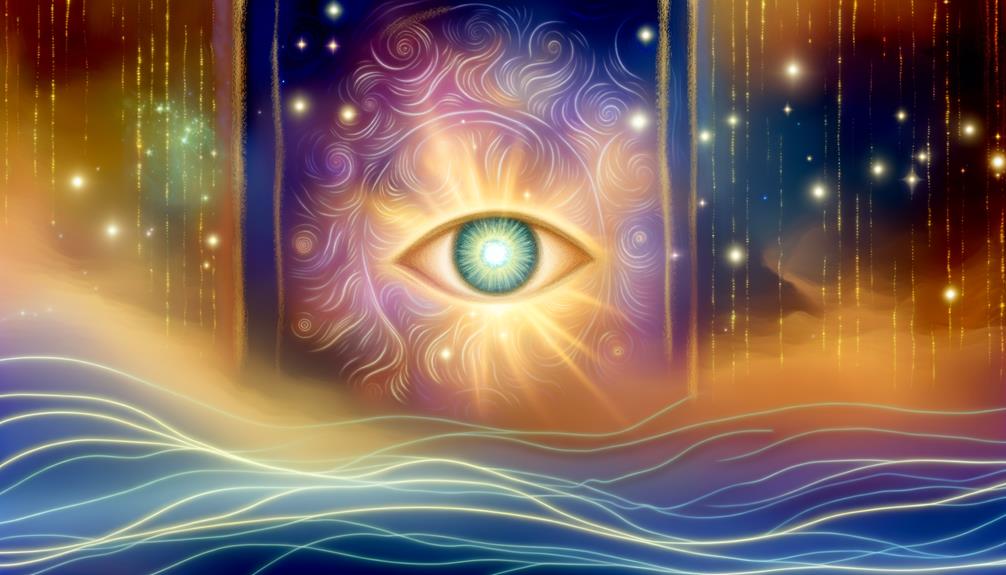
Spiritual Meaning of the Left Eye: Intuition, Emotions, and Inner Vision
| Symbolic Aspect | Spiritual Interpretation |
|---|---|
| Intuition | Represents inner knowing and psychic insight |
| Feminine Energy | Connected to the moon, emotions, and divine femininity |
| Soul Reflection | Reflects the inner world and deeper emotional truths |
| Emotional Awareness | Indicates emotional sensitivity and spiritual perception |
| Third Eye Connection | Linked to awakening and spiritual consciousness |
Ancient Egyptian Beliefs
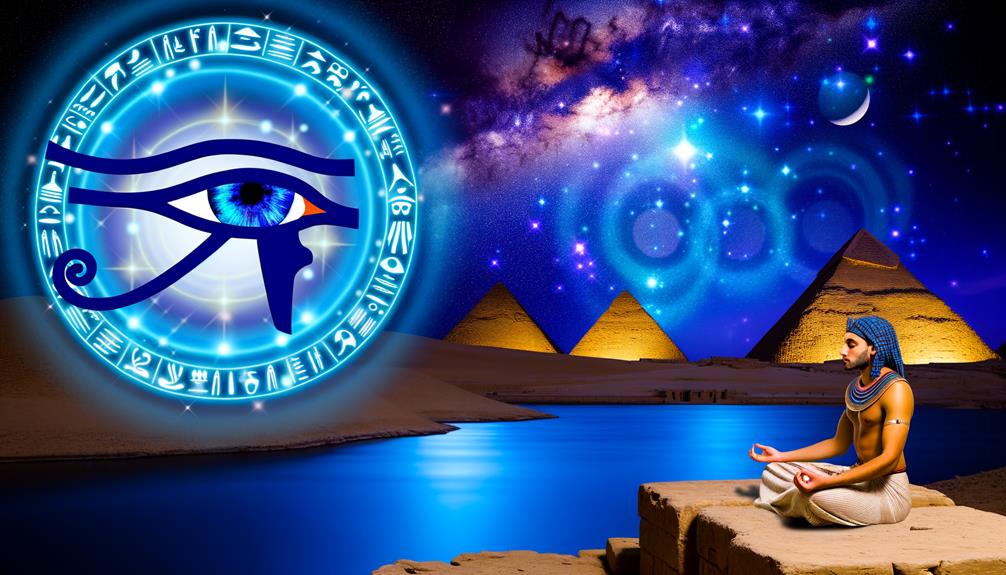
Frequently revered in ancient Egyptian culture, the left eye, also known as the Eye of Horus, symbolized protection, healing, and restoration.
This emblematic eye, often depicted as an amulet, was believed to ward off evil spirits and safeguard the wearer. The Eye of Horus, rich in mythological significance, represented the moon and was associated with the goddess Wadjet.
Its healing connotations stem from the myth where Horus’s eye was restored by the god Thoth after being damaged in a battle with Set. The symbol served as a potent talisman in burial rites, ensuring safe passage to the afterlife.
This ancient belief underscores the profound connection between spiritual symbols and their perceived ability to influence wellbeing and destiny.
Hindu Traditions
In Hindu traditions, the left eye holds rich symbolic meanings, often associated with lunar energy and feminine divinity.
Mythological tales frequently highlight the significance of the left eye in connection to deities like Shiva and Parvati, reflecting the balance of cosmic forces.
Additionally, various superstitions surround the twitching of the left eye, believed to be omens that can influence one’s fate and fortunes.
Symbolism in Hindu Mythology
Hindu mythology imbues the left eye with profound symbolism, often associating it with lunar energy, feminine aspects, and the inner spiritual vision.
This association stems from the belief that the left side of the body is governed by the moon, representing intuition, sensitivity, and an intrinsic connection to the divine feminine, symbolized by goddesses like Parvati and Lakshmi.
The left eye is also seen as a conduit for perceiving deeper truths beyond the physical domain, reflecting the soul’s inner light and wisdom. Through meditation and spiritual practices, the left eye can be a gateway to enhanced spiritual awareness, guiding individuals on their path to self-realization and cosmic harmony.
This rich symbolism encourages a balanced integration of both physical and spiritual insights.
Left Eye Superstitions
According to traditional beliefs, the twitching of the left eye in Hindu culture carries specific omens that vary considerably depending on the person’s gender and the time of day.
For men, a twitching left eye is generally considered inauspicious, signaling potential obstacles or unfavorable events. Conversely, for women, it is often seen as a positive sign, potentially heralding good news or upcoming success.
The time of day also plays an essential role; morning twitches might be interpreted differently than those occurring in the evening.
These interpretations are deeply rooted in cultural lore and are intended to guide individuals in steering their daily lives. Understanding these superstitions requires empathy and an appreciation for the rich tapestry of Hindu traditions.
Chinese Superstitions

In Chinese culture, the twitching of the left eye carries profound superstitions that vary depending on the time of day. These beliefs are deeply rooted in historical traditions and often guide individuals in interpreting the potential outcomes of their experiences.
Understanding these time-specific interpretations can shed light on the cultural significance and the wisdom passed down through generations.
Left Eye Twitching Beliefs
Chinese superstitions hold that left eye twitching is often considered an auspicious sign, symbolizing forthcoming good news or positive events. This belief is deeply ingrained in cultural folklore and reflects a sense of hope and anticipation. Left eye twitching is thought to bring luck and happiness, fostering a sense of optimism.
Below is a table summarizing the potential meanings of left eye twitching in Chinese superstitions:
| Time of Day | Interpretation |
|---|---|
| Morning | Arrival of a loved one |
| Afternoon | Financial gains |
| Evening | Success in endeavors |
| Night | Unexpected pleasant surprise |
| Midnight | Resolution of conflicts |
Understanding these beliefs can provide comfort and a positive outlook, reinforcing the cultural narrative that good fortune is on the horizon.
Time-Specific Interpretations
Time-specific interpretations of left eye twitching in Chinese superstitions offer a nuanced understanding of how different periods of the day can influence the nature of forthcoming good fortune.
According to these beliefs, an early morning twitch might signify imminent good news, while a late morning twitch could hint at financial gains.
Afternoon twitching is often seen as a precursor to unexpected visitors, bringing positive social interactions. Evening and nighttime twitches, however, may suggest challenges ahead, urging caution and mindfulness.
These interpretations encourage an empathetic approach to life’s unpredictable moments, guiding individuals to remain hopeful and attentive to the timing of these subtle signs.
Understanding these time-bound meanings can provide a deeper, culturally enriched perspective on everyday experiences.
Cultural Significance Explained
Often regarded as a harbinger of future events, left eye twitching in Chinese superstitions holds profound cultural significance that offers a unique lens through which individuals can interpret their daily experiences.
In Chinese folklore, the left eye’s flutter is seen as a positive omen, often predicting the arrival of good news or a fortunate turn of events. This belief is deeply rooted in the ancient Yin-Yang philosophy, where the left side symbolizes auspicious energies.
The context of the twitch—whether it occurs during the day or night—further refines its interpretation, providing a nuanced framework for understanding potential outcomes.
Embracing these cultural insights allows individuals to navigate life’s uncertainties with a sense of hope and anticipation.
Native American Views
How do Native American traditions interpret the spiritual significance of the left eye?
Native American cultures often imbue the left eye with profound spiritual meaning, viewing it as a window to deeper wisdom and intuition.
Here are three key interpretations:
- Connection to the Spirit World: The left eye is believed to connect individuals to the spiritual domain, offering insights from ancestors and spirits.
- Intuition and Inner Vision: It is considered a conduit for inner vision, guiding individuals through their inner landscapes and emotions.
- Balance and Harmony: In many tribes, the left eye symbolizes balance, harmonizing the physical and spiritual aspects of life.
These perspectives highlight the left eye’s role in fostering a deeper connection with oneself and the universe.
Islamic Interpretations
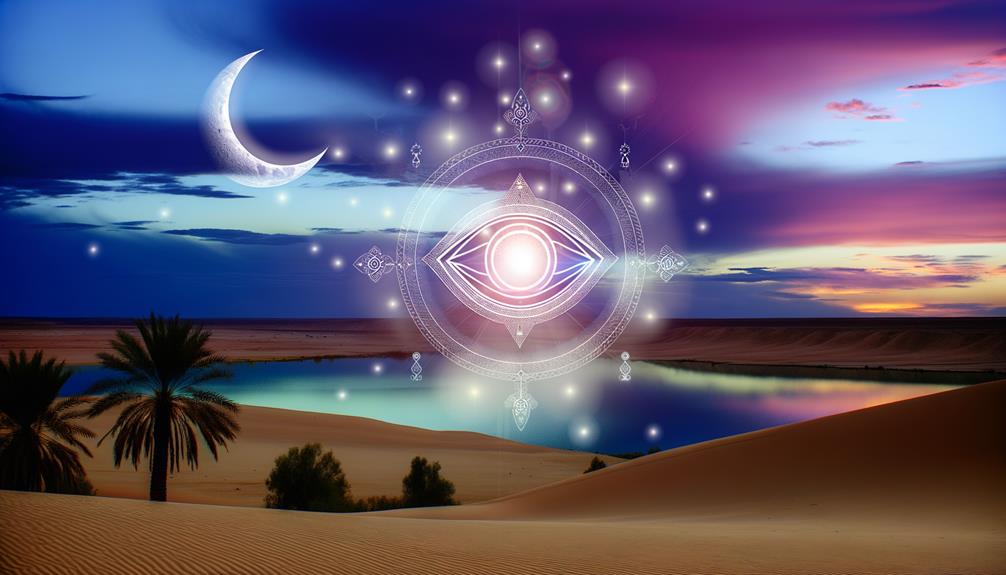
In Islamic traditions, the left eye is often regarded with caution, symbolizing the potential for deception and malice. This belief is rooted in various Hadiths and interpretations of Islamic texts, where the left side is sometimes associated with negative attributes.
For example, Islamic eschatology mentions the Dajjal, an anti-messianic figure, who is often described as blind in the right eye, emphasizing the left eye’s ominous symbolism.
While these interpretations might seem disconcerting, it is essential to approach them with a nuanced understanding that balances reverence with critical thought.
These beliefs offer a lens through which to explore deeper spiritual and moral teachings, guiding individuals to discern between right and wrong and fostering vigilance in their daily lives.
Christian Symbolism
Drawing from biblical texts and Christian tradition, the left eye is frequently interpreted as a symbol of spiritual insight or moral vigilance. The left eye, often seen as the window to the soul, emphasizes the importance of inner clarity and discernment. This symbolism reflects broader Christian values and teachings:
- Spiritual Insight: The left eye is associated with the ability to perceive divine truths and deeper spiritual realities, encouraging believers to seek wisdom.
- Moral Vigilance: It serves as a reminder to remain watchful against sin and temptation, aligning one’s actions with Christian ethics.
- Divine Guidance: The left eye symbolizes the guidance provided by God, helping individuals navigate their spiritual journey with faith and trust.
These elements collectively enrich the Christian spiritual experience.
Modern Spirituality
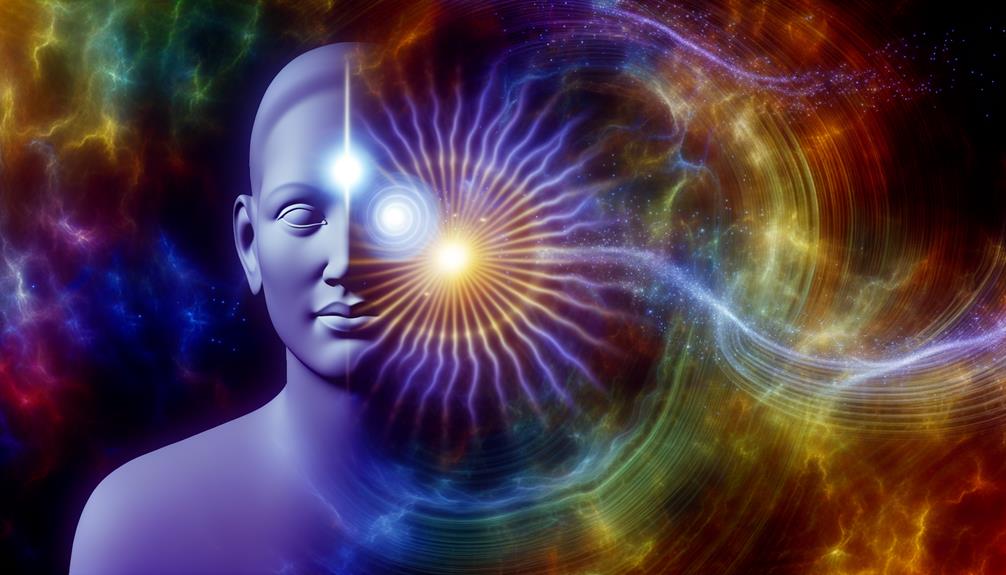
Amid the diverse landscape of modern spirituality, the left eye continues to hold significant symbolic value, often representing intuition, awareness, and the quest for inner truth.
In contemporary spiritual practices, the left eye is seen as a gateway to higher consciousness, offering a deeper connection to one’s inner self and the universe. This perception aligns with the broader spiritual pursuit of understanding beyond the physical domain.
Practitioners frequently emphasize the importance of balancing rational thought with intuitive insights, often harnessed through meditation and mindfulness practices.
Left Eye Twitching
While the left eye symbolizes profound spiritual insight, its physical manifestations, such as twitching, often invite curiosity and introspection about deeper meanings and messages from the universe.
Many cultures and spiritual traditions interpret left eye twitching as a significant sign. Here are three common interpretations:
- Incoming News: It is often believed that left eye twitching indicates that you are about to receive important news, either positive or negative.
- Emotional Processing: Twitching may signify that your subconscious is dealing with suppressed emotions, urging you to address unresolved feelings.
- Energy Shifts: Some spiritual practitioners see it as a sign of energetic shifts or changes, suggesting that you attune yourself to upcoming alterations.
Understanding these interpretations can guide you toward deeper self-awareness and spiritual growth.
Personal Intuition
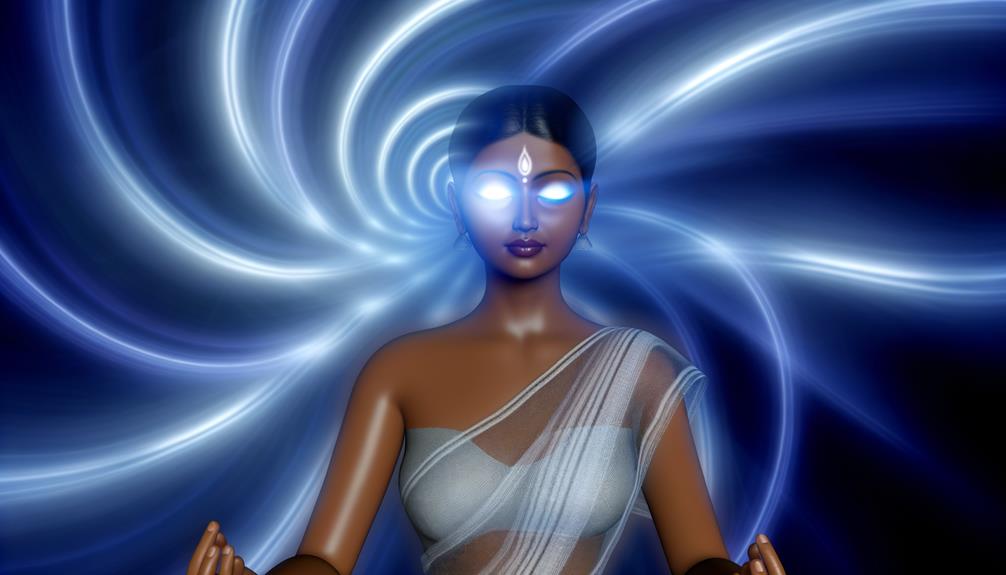
Tapping into your personal intuition can offer profound guidance and clarity when interpreting the spiritual significance of experiences like left eye twitching. Our inner wisdom often holds the answers we seek, allowing us to connect deeply with the messages our bodies convey.
By cultivating mindfulness and paying attention to subtle cues, one can discern whether such phenomena are mere physical reactions or carry deeper, spiritual meaning. Trusting your intuition requires quieting external noise and embracing inner stillness.
Meditative practices, journaling, or simply reflecting on your feelings can enhance this process. Remember, personal intuition is a powerful tool that bridges the gap between the physical and the spiritual, providing tailored insights unique to your journey.
Conclusion
The exploration of the spiritual meaning of the left eye across various cultures reveals a rich tapestry of beliefs and interpretations.
For instance, an interesting statistic highlights that in China, over 70% of people acknowledge superstitions related to eye twitching. This suggests a significant cultural impact on individual perceptions.
Understanding these diverse perspectives fosters empathy and guides one toward a more inclusive view of spirituality, emphasizing the interconnectedness of historical and modern interpretations.






